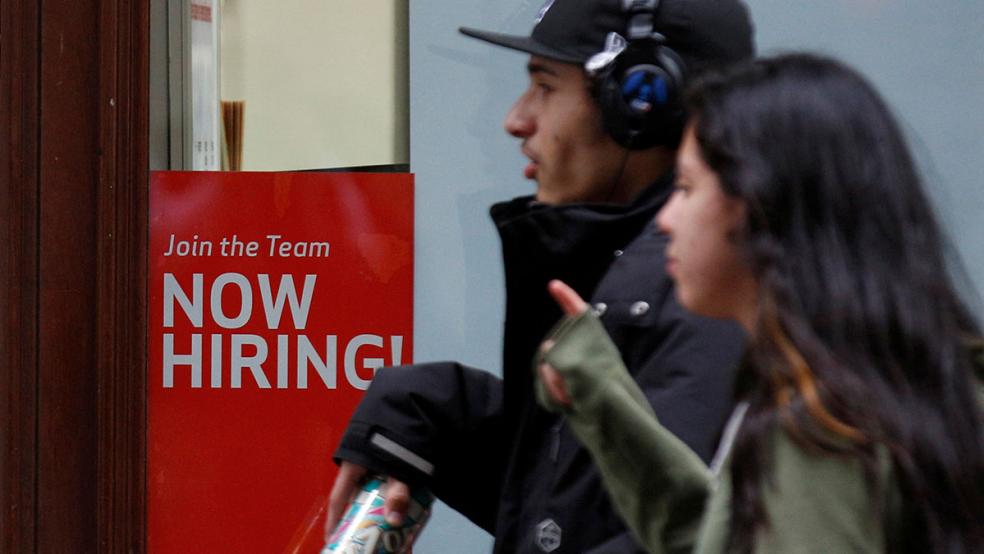The monthly jobs report from the Bureau of Labor Statistics, out this morning, was largely good news for President Obama, whose approval ratings continue to trend upward as he nears the end of his second term. Some of that good feeling might extend to his preferred successor, Hillary Clinton, as she battles Republican nominee Donald Trump in the general election.
The number of jobs created -- 156,000 in the month of September -- was solid if not spectacular and it pushed the number of jobs created since the employment market bottomed out in late 2009 and early 2010 over the 15 million mark. But much of the good news is to be found by digging further into the data.
Related: Here’s the Map Keeping Team Trump Awake at Night
While the unemployment rate actually ticked up from 4.9 percent to 5 percent, the reason for the movement was unambiguously good news: 440,000 people who had given up looking for work have returned to the labor force and are actively seeking jobs, which means they are again counted among the unemployed.
Hourly wages continued to trend upward, though only slowly, increasing by just 0.2 percent for the month to an annualized 2.6 percent.
The civilian labor force participation rate, which hit an all-time low in September 2015, continued its recent upward trend to 62.9 percent. While that is still close to historic lows, the arrested decline gives some hope that very low workforce participation rates were not the “new normal.”
Of course, the report had its critics, including the Trump campaign.
Related: Will Bill Kill Hill’s Chances? No, but He Should Shut Up Anyway
“Today’s weak September jobs report confirmed what people feel -- that the Clinton-Obama economy is failing them,” Trump economic advisor David Malpass said in a statement. “Americans desperately need more jobs and new economic policies, not the same-old, same-old offered by the Clinton campaign.”
However, the doom and gloom emanating from the Trump camp was not shared across the country. In the construction industry, according to an industry trade group, demand was reported as robust, and competition for qualified workers is increasing. That can be expected to lead to more upward pressure on wages.
“Demand for construction remains quite strong but contractors continue to struggle to find qualified workers,” said Ken Simonson, chief economist for the Associated General Contractors of America. “The monthly declines the industry experienced during the summer were likely caused by worker shortages instead of shortages of work for many firms.”
Related: Global Debt Hits a Record $152 Trillion. Is That as Scary as It Sounds?
However, wage growth across the board has been modest so far, and September’s data was no exception. This led economists to expect that the Federal Reserve Board’s Open Market Committee probably won’t move to increase interest rates at its next meeting in November.
“The more modest 156,000 gain in non-farm payrolls in September, combined with the tick up in the unemployment rate to a five-month high of 5.0 percent, won’t stop the Fed from hiking interest rates at the December FOMC meeting,” said Paul Ashworth, chief U.S. economist for Capital Research, “but it should quell any speculation of a move at the November meeting.”





